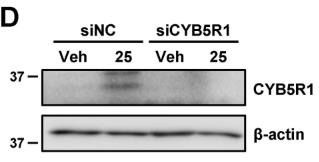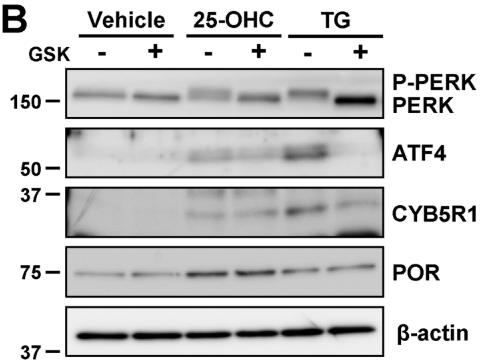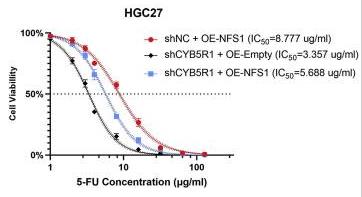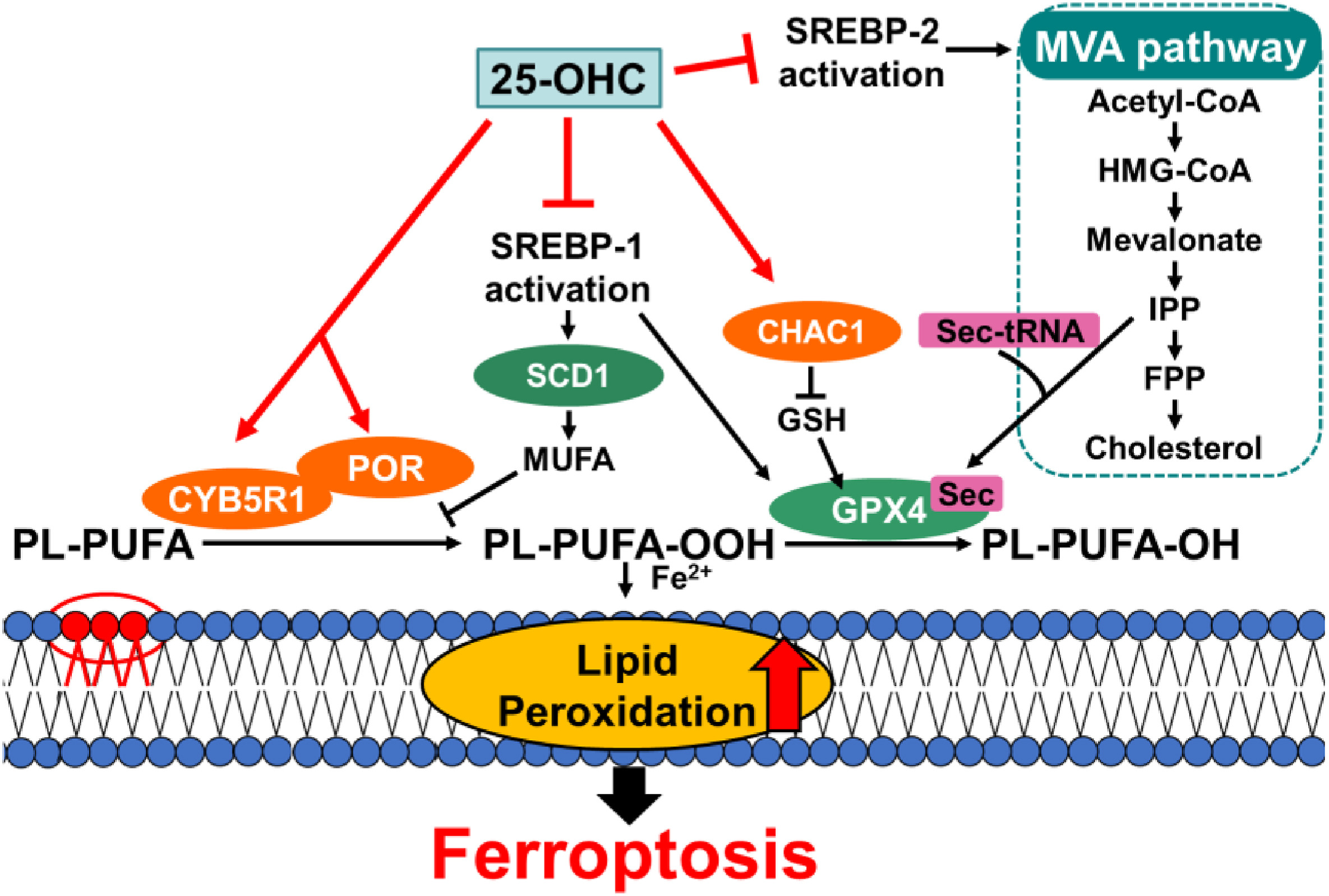Recombinant Human CYB5R1 protein(Leu29-Tyr305), His-tagged
| Cat.No. : | CYB5R1-551H |
| Product Overview : | Recombinant Human CYB5R1 (Q9UHQ9) (Leu 29-Tyr 305) was expressed in E. coli, with a polyhistidine tag at the N-terminus. |
- Specification
- Gene Information
- Related Products
- Case Study
- Application
- Download
| Species : | Human |
| Source : | E.coli |
| Tag : | His |
| Protein Length : | Leu29-Tyr305 |
| Form : | Lyophilized from sterile PBS, pH 7.4. Normally 5 % - 8 % trehalose, mannitol and 0.01% Tween80 are added as protectants before lyophilization. |
| Molecular Mass : | The recombinant human CYB5R1 consisting of 292 amino acids and migrates as an approximately 33.5 kDa band in SDS-PAGE under reducing conditions as predicted. |
| Purity : | > 97 % as determined by SDS-PAGE |
| Storage : | Samples are stable for up to twelve months from date of receipt at -20°C to -80°C. Store it under sterile conditions at -20°C to -80°C. It is recommended that the protein be aliquoted for optimal storage. Avoid repeated freeze-thaw cycles. |
| Reconstitution : | It is recommended that sterile water be added to the vial to prepare a stock solution of 0.2 ug/ul. Centrifuge the vial at 4°C before opening to recover the entire contents. |
| Gene Name | CYB5R1 cytochrome b5 reductase 1 [ Homo sapiens ] |
| Official Symbol | CYB5R1 |
| Synonyms | CYB5R1; cytochrome b5 reductase 1; NAD(P)H:quinone oxidoreductase type 3, polypeptide A2 , NQO3A2; NADH-cytochrome b5 reductase 1; humb5R2; NAD(P)H:quinone oxidoreductase type 3 polypeptide A2; NAD(P)H:quinone oxidoreductase type 3, polypeptide A2; B5R1; B5R.1; NQO3A2; |
| Gene ID | 51706 |
| mRNA Refseq | NM_016243 |
| Protein Refseq | NP_057327 |
| MIM | 608341 |
| UniProt ID | Q9UHQ9 |
| ◆ Recombinant Proteins | ||
| CYB5R1-4125M | Recombinant Mouse CYB5R1 Protein | +Inquiry |
| CYB5R1-1703R | Recombinant Rat CYB5R1 Protein | +Inquiry |
| CYB5R1-551H | Recombinant Human CYB5R1 protein(Leu29-Tyr305), His-tagged | +Inquiry |
| CYB5R1-1362R | Recombinant Rat CYB5R1 Protein, His (Fc)-Avi-tagged | +Inquiry |
| CYB5R1-951R | Recombinant Rhesus Macaque CYB5R1 Protein, His (Fc)-Avi-tagged | +Inquiry |
| ◆ Cell & Tissue Lysates | ||
| CYB5R1-7144HCL | Recombinant Human CYB5R1 293 Cell Lysate | +Inquiry |
Case 1: Urano Y, et al. Free Radic Biol Med. 2025
25-OHC triggers ferroptosis in Schwann cells by suppressing SREBP-mediated GPX4 expression, upregulating lipid peroxidation enzymes (CYB5R1/POR), and depleting glutathione via CHAC1. This redox imbalance enhances sensitivity to ferroptosis inducers, linking oxysterol dysregulation to neurodegenerative pathways in ALS. Findings reveal 25-OHC’s role in glial cell death, offering insights into therapeutic targeting of cholesterol metabolism in neurodegeneration.

Fig1. Cells were transfected with CYB5R1 (siCYB5R1) or negative control (siNC) siRNA oligo.

Fig2. Whole-cell lysates were immunoblotted with appropriate antibodies as indicated.
Case 2: Zhang Q, et al. Transl Oncol. 2024
CYB5R1 drives drug resistance and stemness in gastric cancer, correlating with poor prognosis in high mRNAss patients. WGCNA and differential analysis identified CYB5R1 as a biomarker (AUC=0.83) linked to NFS1-mediated tumorigenesis and immune infiltration. Silencing CYB5R1 reduced spheroid formation and invasion, highlighting its role in cancer stem cell pathways and therapeutic targeting for overcoming chemotherapy resistance in gastric malignancies.

Fig1. Analysis of the protein expression levels of CYB5R1 in different GC cell lines by western blot assay.

Fig2. Dose-response curves of the cell lines co-transfected with NFS1 OE and shCYB5R1.

Fig1. Schematic of the proposed mechanism for 25-OHC-induced ferroptosis in IMS32 cells. (Yasuomi Urano, 2025)
Not For Human Consumption!
Inquiry
- Reviews
- Q&As
Ask a Question for All CYB5R1 Products
Required fields are marked with *
My Review for All CYB5R1 Products
Required fields are marked with *
Inquiry Basket


